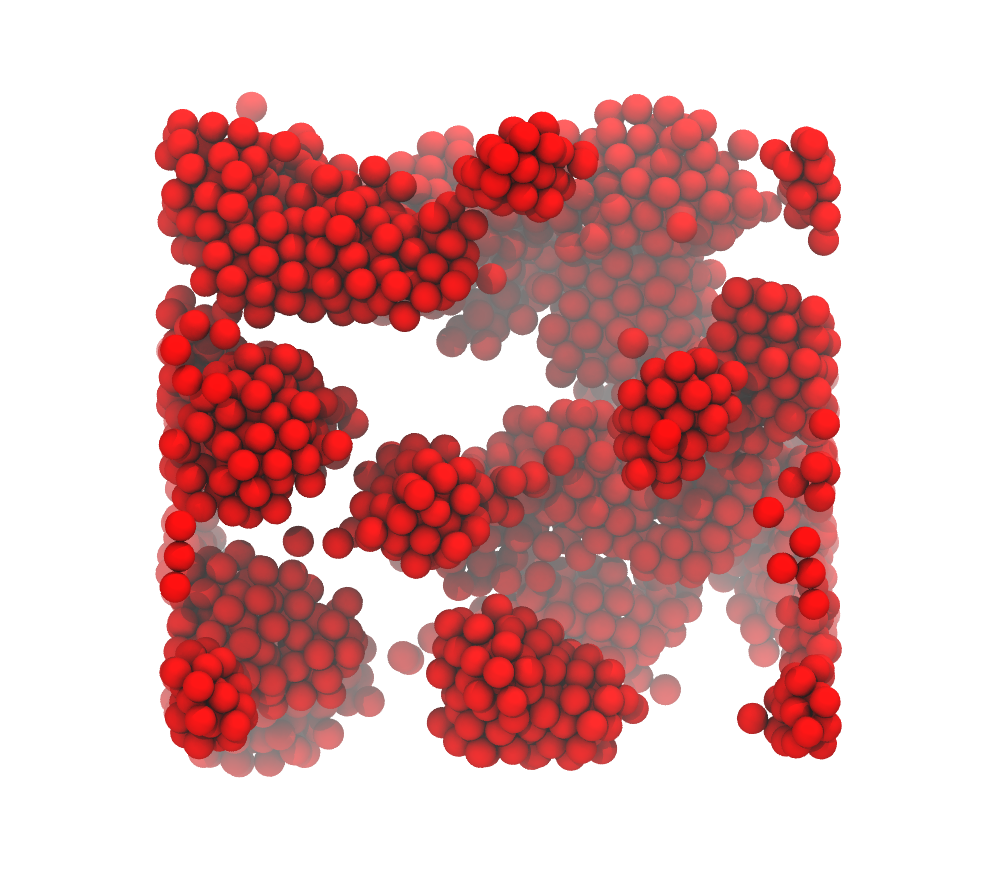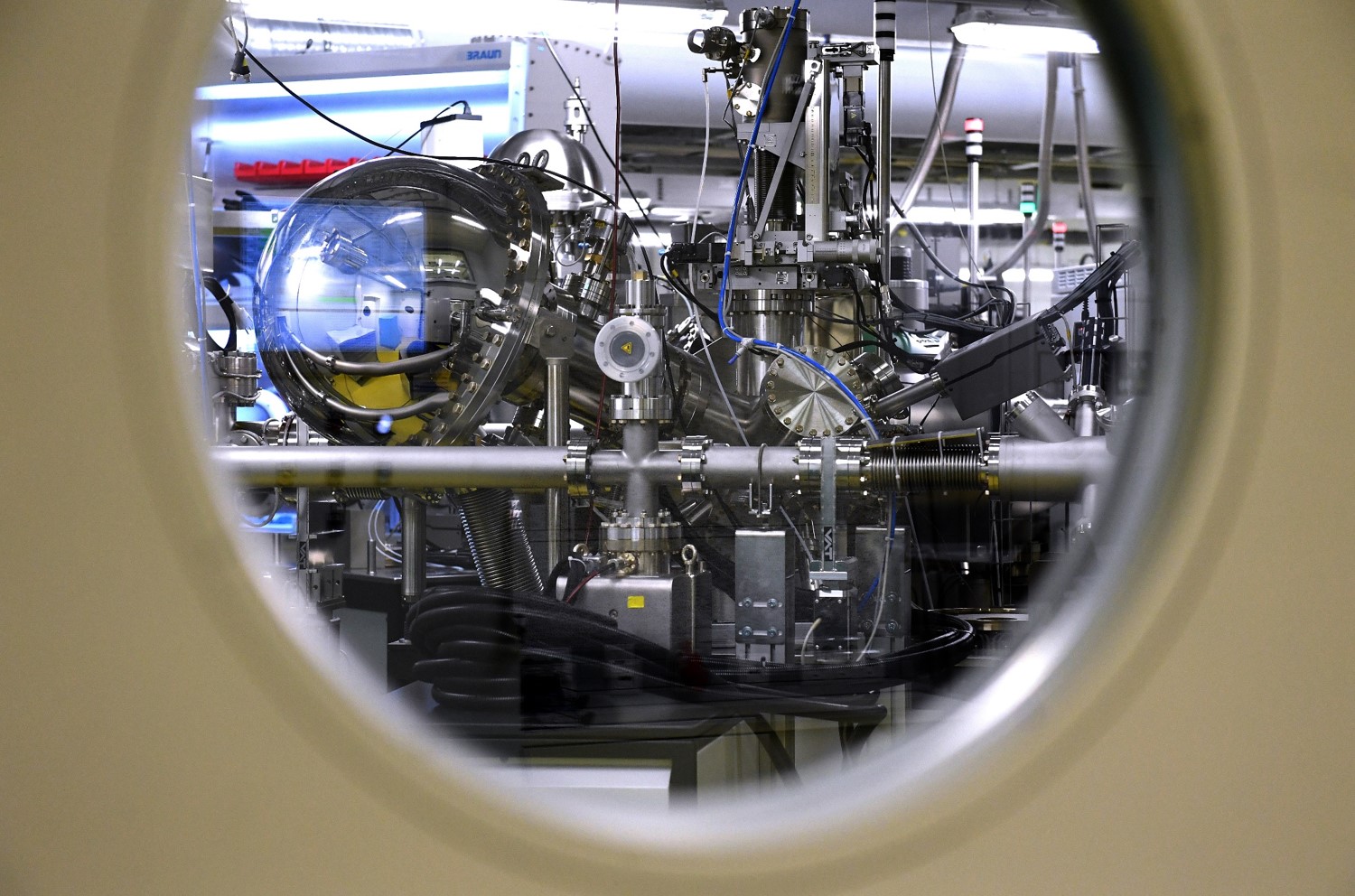New impulses for semiconductor research
6 June 2025

Starting in October 2025, the DFG will fund the new Collaborative Research Center (CRC) “ChemPrint – Next-Generation Printed Semiconductors: Engineering at the Atomic Level Using Molecular Surface Chemistry” at Friedrich-Alexander-Universität Erlangen-Nürnberg (FAU). HI ERN is also participating in the CRC.
Resource-saving semiconductors of the future
The aim of the CRC is to develop energy- and resource-efficient semiconductor materials. These materials are used in many everyday and industrial applications, such as smartphones, household appliances, electric cars, and photovoltaics. The researchers plan to develop printable semiconductor materials using customized chemical synthesis and deposition processes. Unlike the conventional deposition method from the gas phase, this deposition will occur from a liquid solution under mild conditions. This will allow the researchers to transfer the chemical syntheses, which are usually easy to control, to surfaces. Participants will investigate which materials are suitable for these newly developed chemical processes, what defects can be expected in regular structures, how these defects can be minimized, and which properties result from or can be exploited through the presence of defects.
Several research groups from HI ERN are contributing their expertise to ChemPrint: Dr. Ian Marius Peters's team is researching new deposition techniques for selectively coating and removing functional layers in perovskite solar cells. They are also evaluating the economic feasibility. These results will define the requirements for materials and processes in the overall project.
Prof. Jens Harting's department uses computer simulations to investigate the physical processes that enable ideal growth conditions. The goal is to prevent parasitic processes, such as unwanted nucleation, by selecting specific process parameters and solvents. High-resolution phase field simulations will allow to optimize the coating processes.
Prof. Marcus Bär's department, "X-ray Spectroscopy at Thin Film Interfaces" is investigating the growth and properties of defect-tolerant, functional semiconductor materials using state-of-the-art X-ray spectroscopy. They aim to further develop methods of surface and interface research to precisely analyze application-relevant heterostructures and deepen our understanding of chemical composition and electronic structure at the atomic level.
DFG strengthens cutting-edge research
Starting in October 2025, the DFG will strengthen top-level university research with 13 new Collaborative Research Centers. A total of around €177 million will be available for the first funding phase of three years and nine months. CRCs enable interdisciplinary, long-term research networks lasting up to twelve years. A total of 262 Collaborative Research Centers will be funded starting in October 2025.
Further informationen
DFG press release (May 30, 2025; in german)
FAU announcement May 30, 2025
Contact
Prof. Christoph Brabec
Director and Head of Research Department High Throughput Methods in Photovoltaics
Room 367
Prof. Dr. Jens Harting
Head of Research Department
Room 5011
Dr. Ian Marius Peters
Gruppenleiter "Hochdurchsatz Charakterisierung und Modellierung für die PV"
Room 2.3

Prof. Dr.-Ing. Marcus Bär
Head of Research Department
Phone: +49 (0) 30 8062 15641
E-Mail: marcus.baer@helmholtz-berlin.de






